On my travels again – this time swaping the hassle of airports & the heat of southern Europe for a road trip enjoying the cool & peace of Scotland. Within 200 or so miles from home I am in North Yorkshire and exploring the delights of the Look-up market towns of Rippon and Thirsk, the latter providing an excellent stopover in the old Golden Fleece coaching inn. I say Look-up towns as both are very similar – each has a large open market square, the four sides lined by wide pedestrian walkways and pierced by roadways entering from 4/5 points of the compass. At street level both give the impression of past glories, with pubs and old coaching inns sharing occupancy with charity shops and Italian & Chinese eateries. But look above and study the roof line to capture the real treasures of past good times.
Rippon has several features that make it quite special, starting with the square itself.


The back streets are home to several independent craft and tourist shops with quality goods for sale. A wide range of eateries provide quality experiences for the visitor. The Cathedral and the nearby Fountains Abbey are high spots for the visitor.


Numerous museums & buildings add extra interest – the Poor Law Museum, The Leper Museum, the courthouse to name a few.
Thirsk has a similar feel, although being smaller, it lacks the range of services & goods on offer. The market square is spread around, overlooked by high-storied buildings, rooted in those important days of coach travel.





I should explain that the presence of Triumph Heralds, 1100s & Anglias, parked in the square is down to a classic car rally in the town and not an indication of the age or hobbies of the local population.




















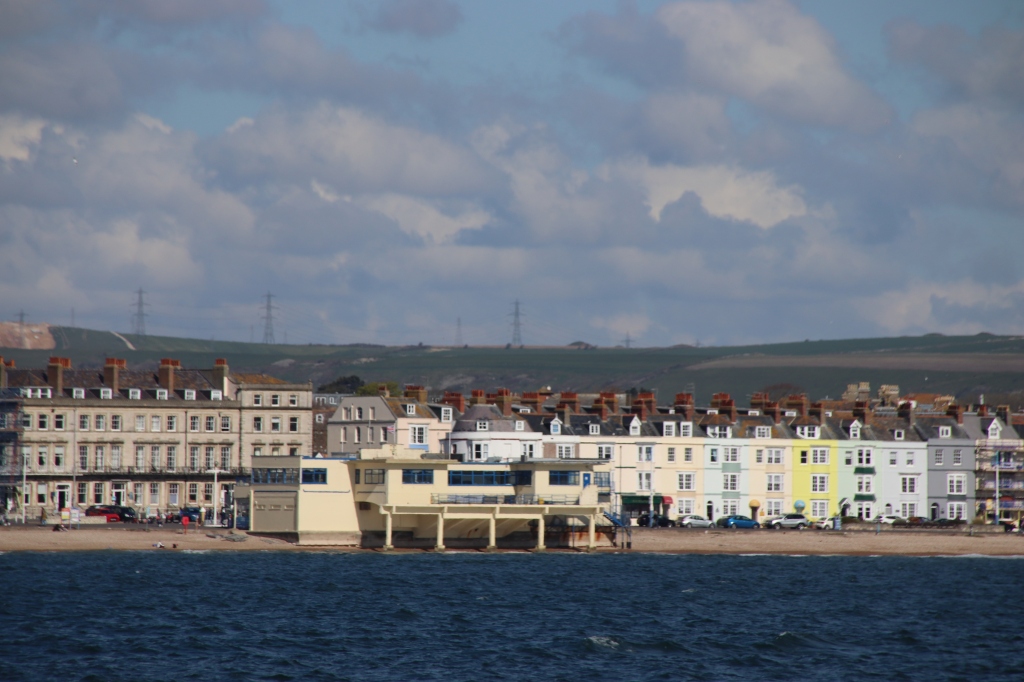

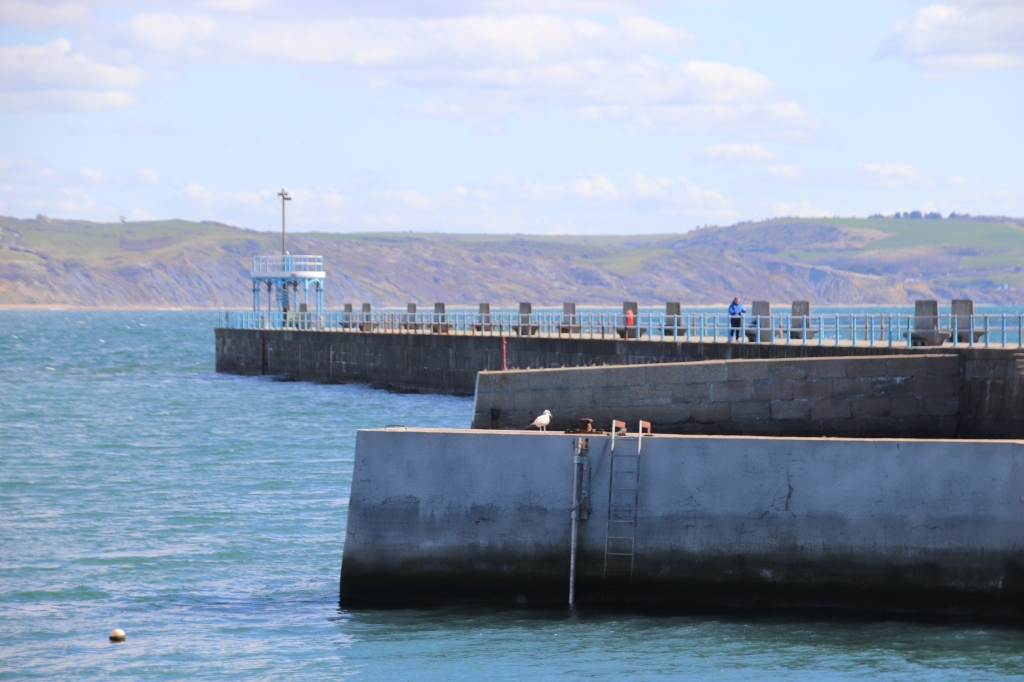





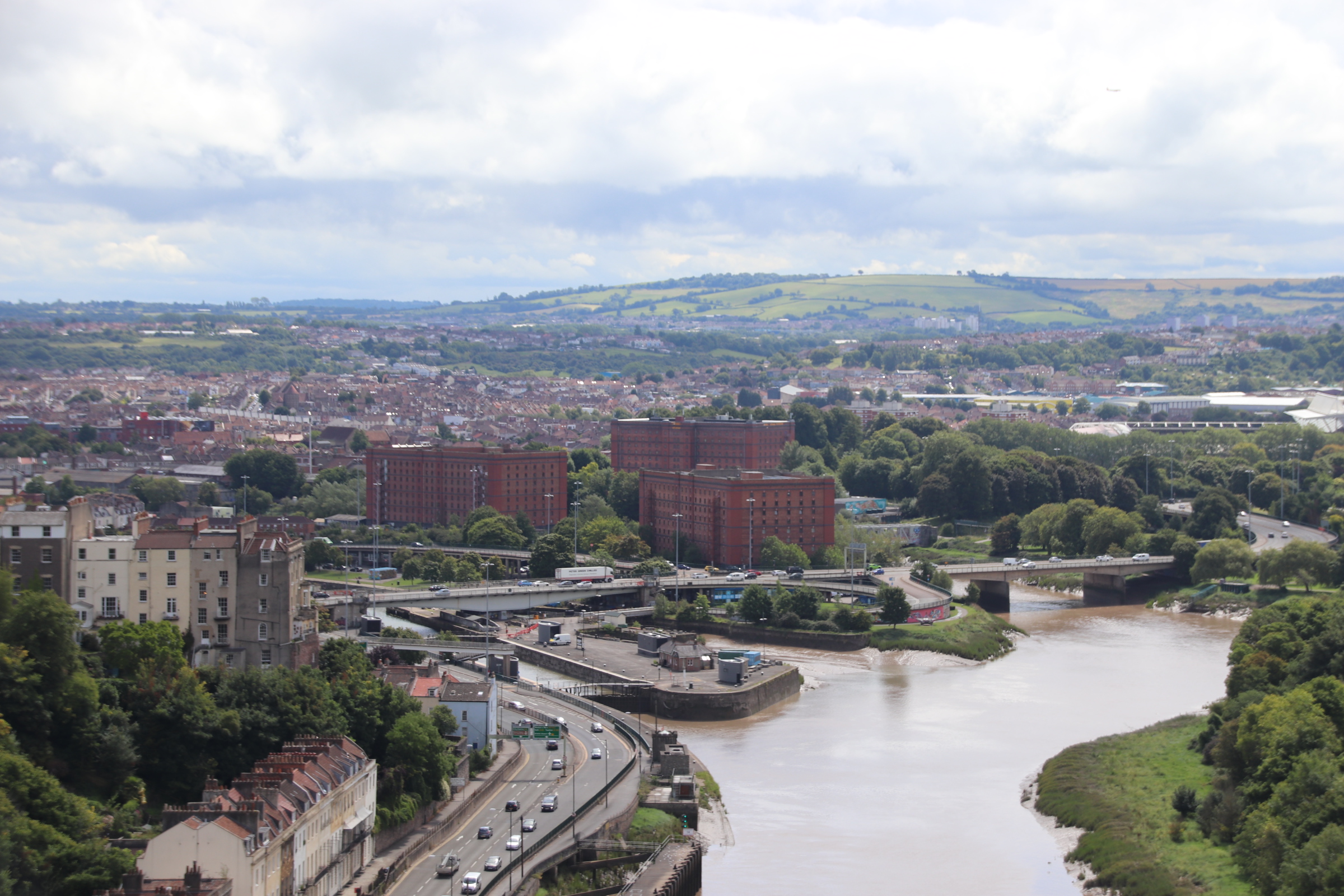

































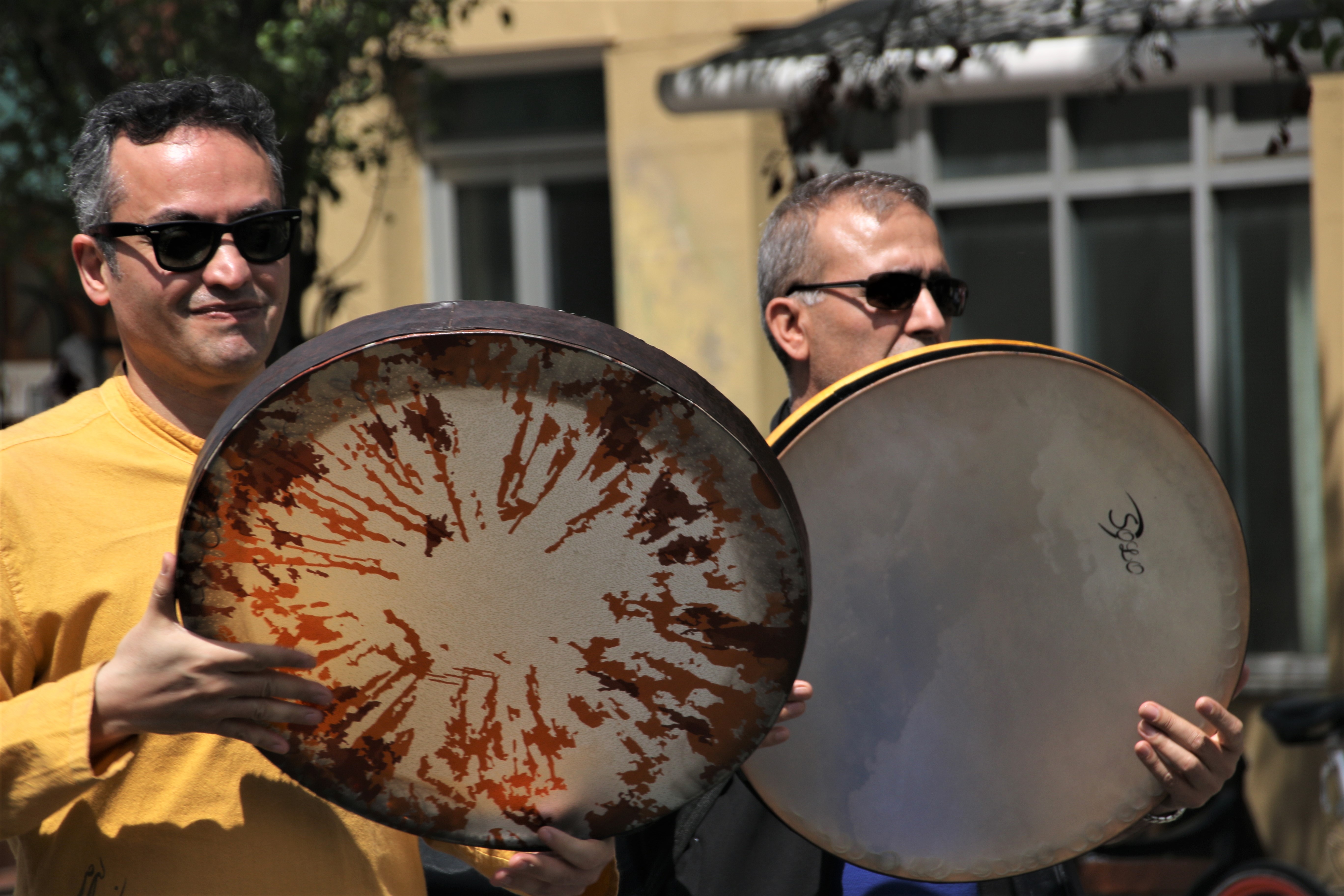


























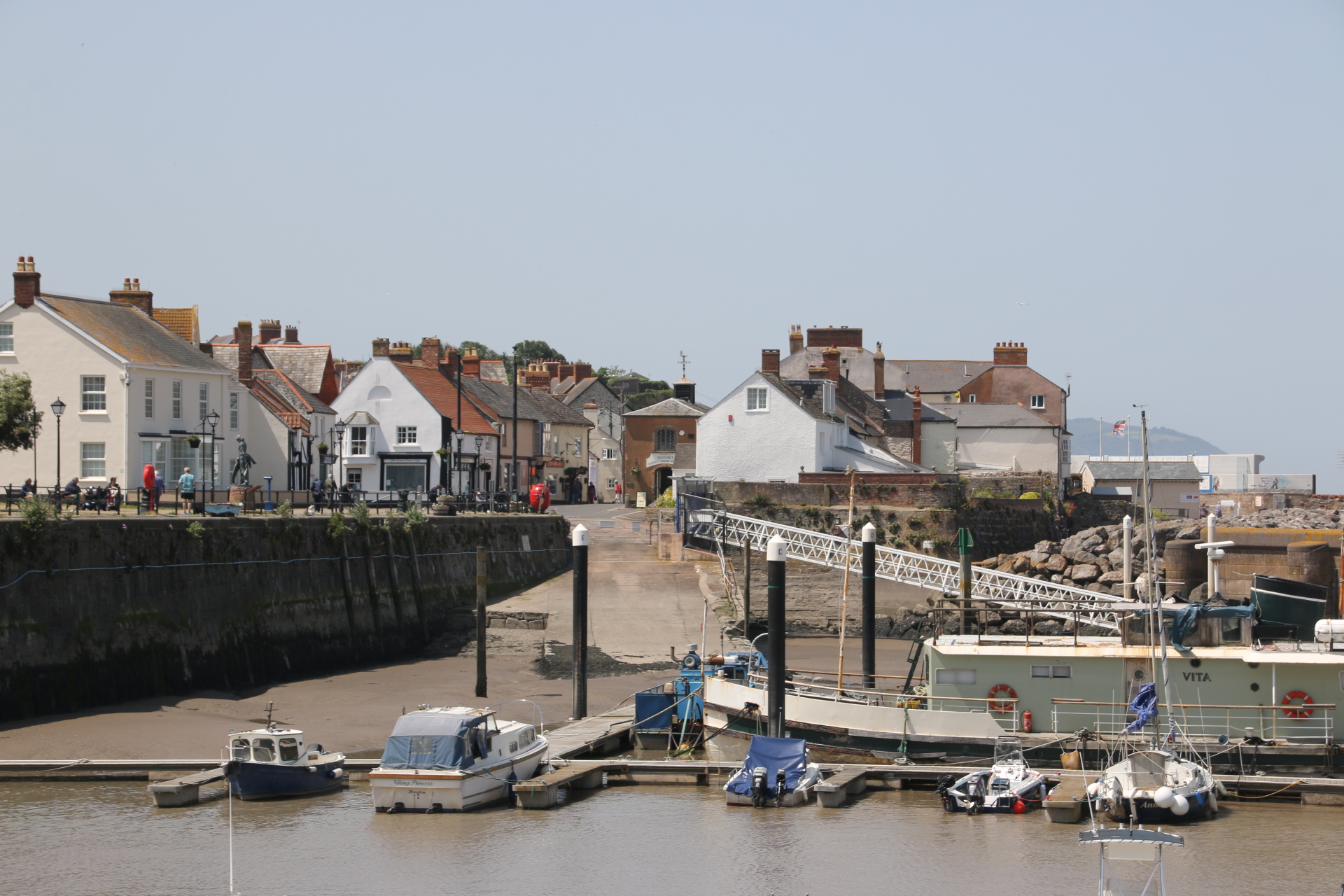
































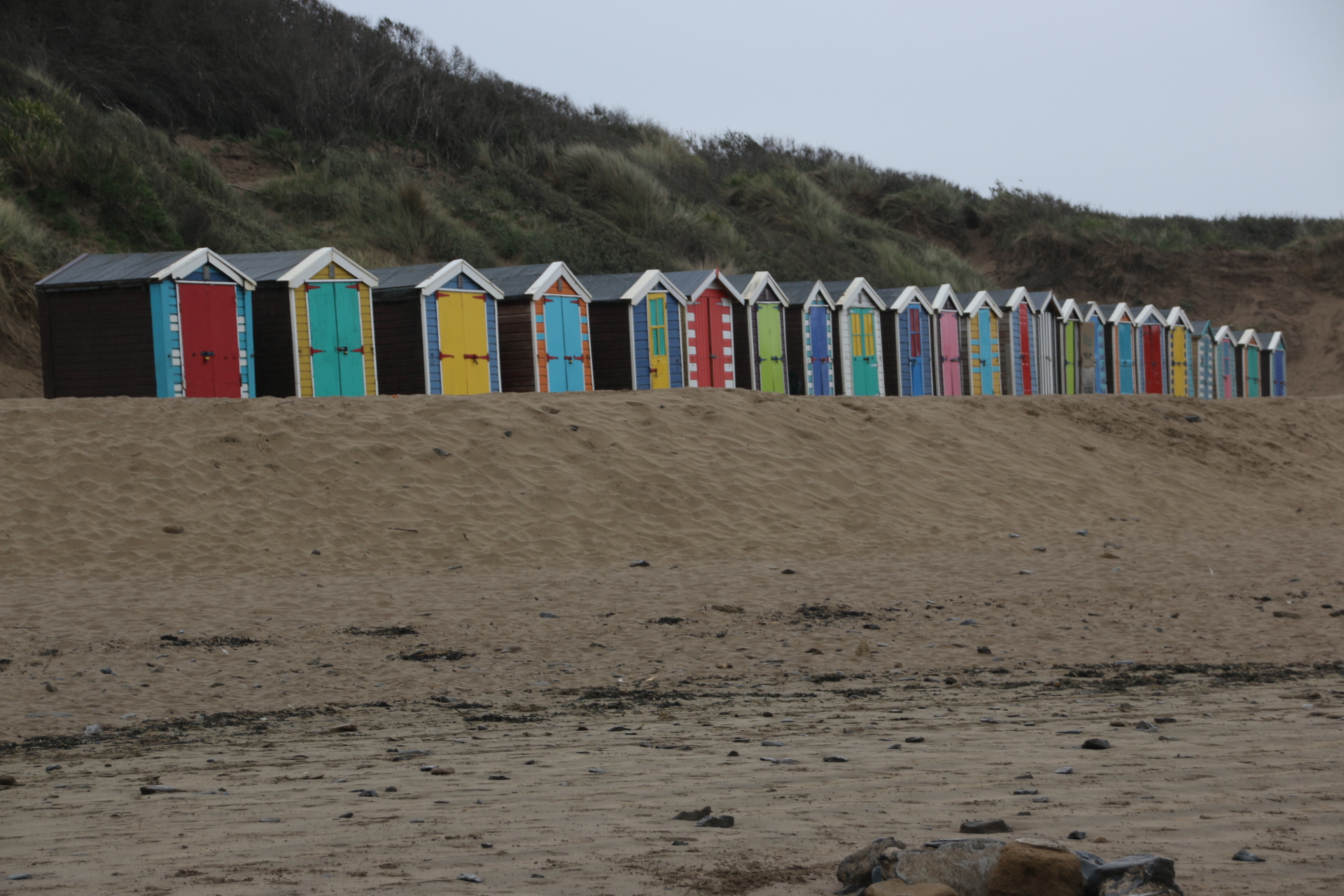














































































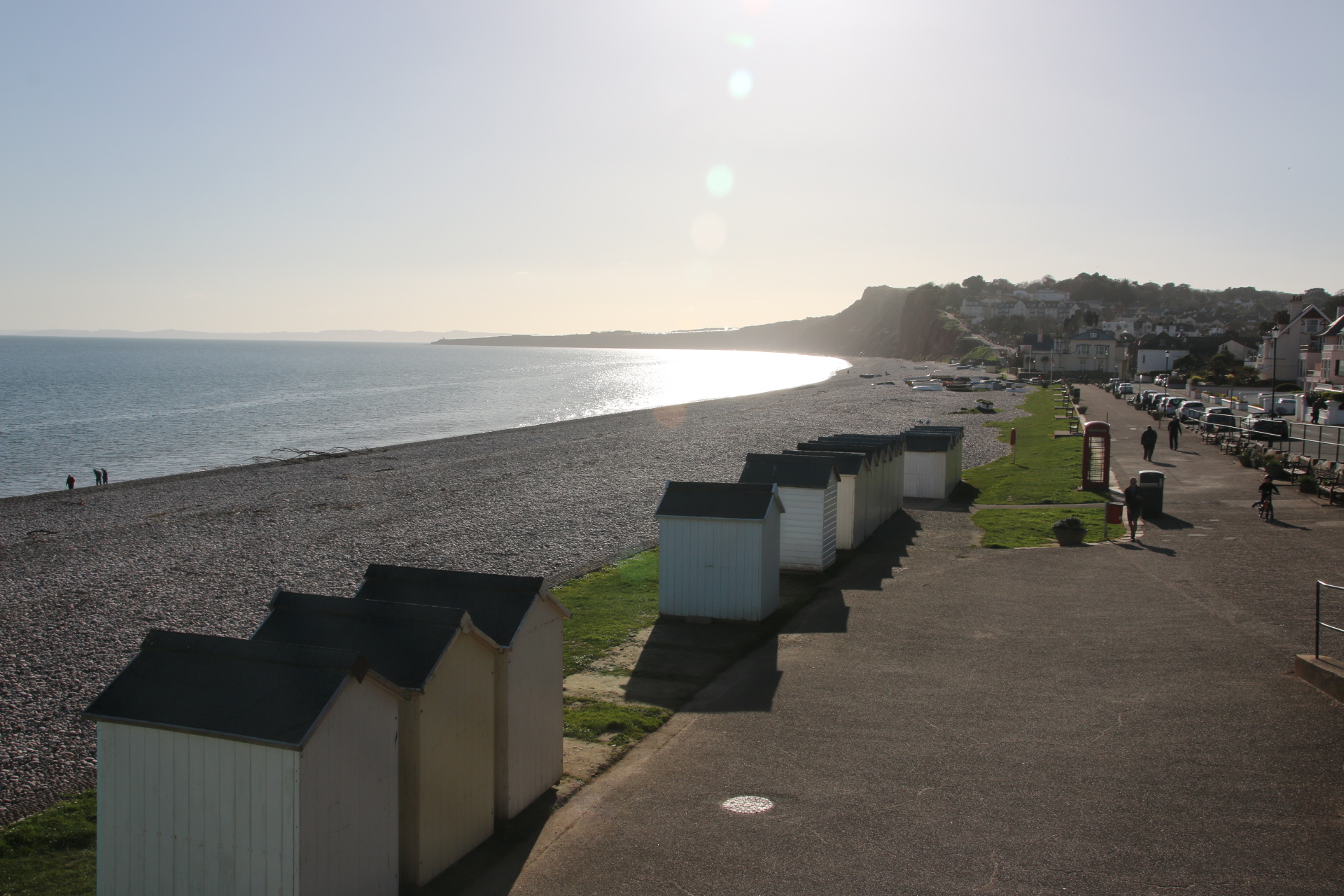














































































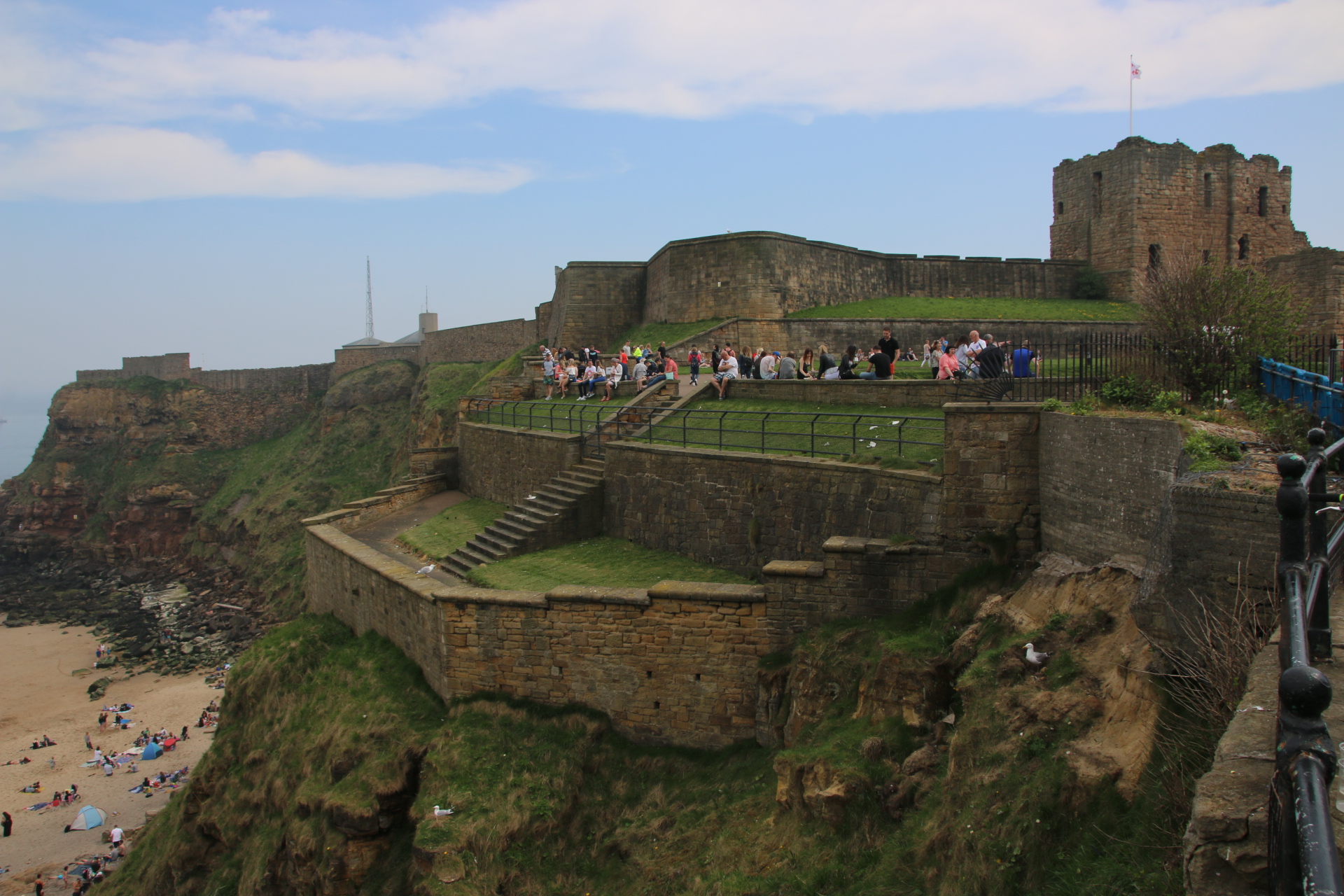

















































































































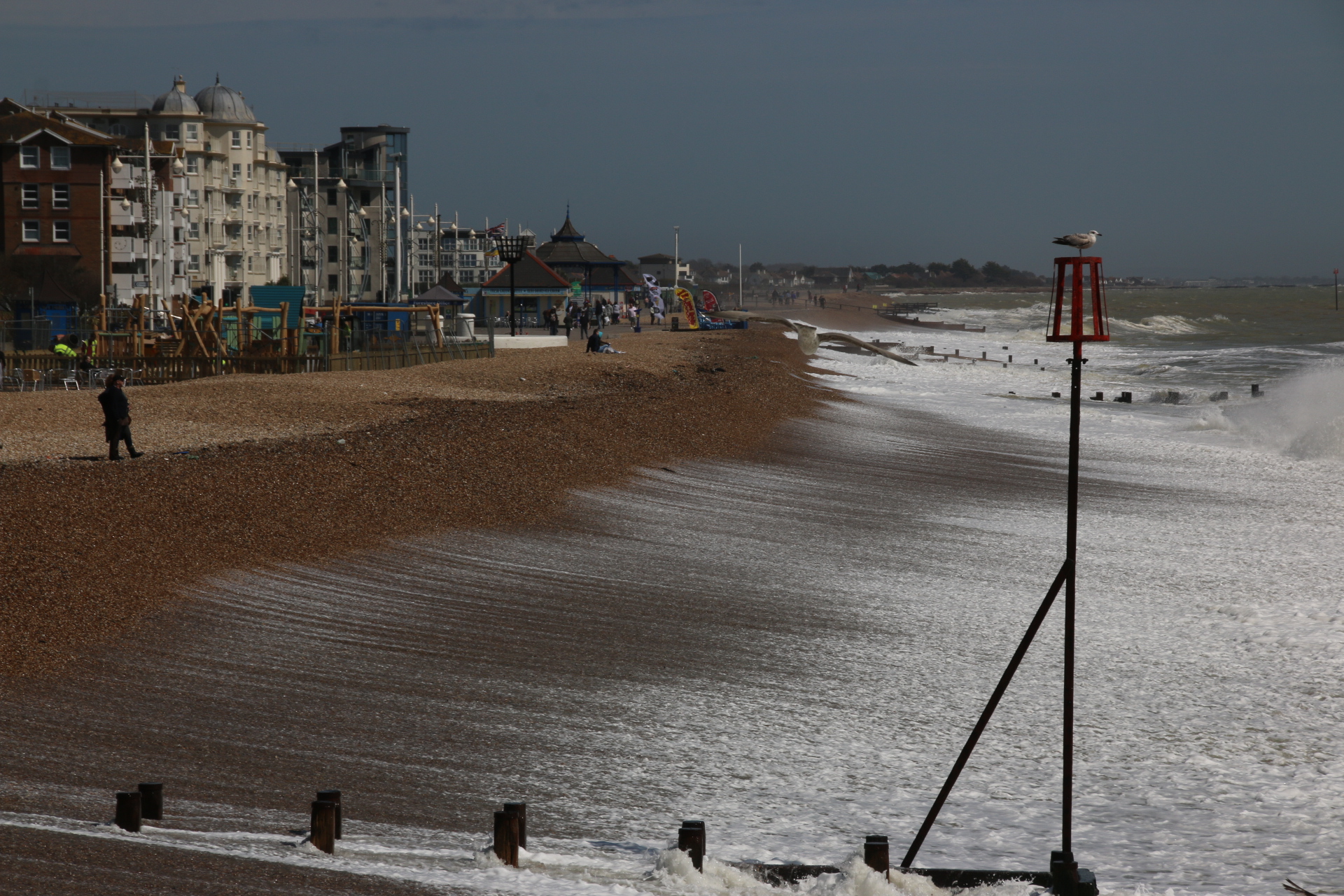







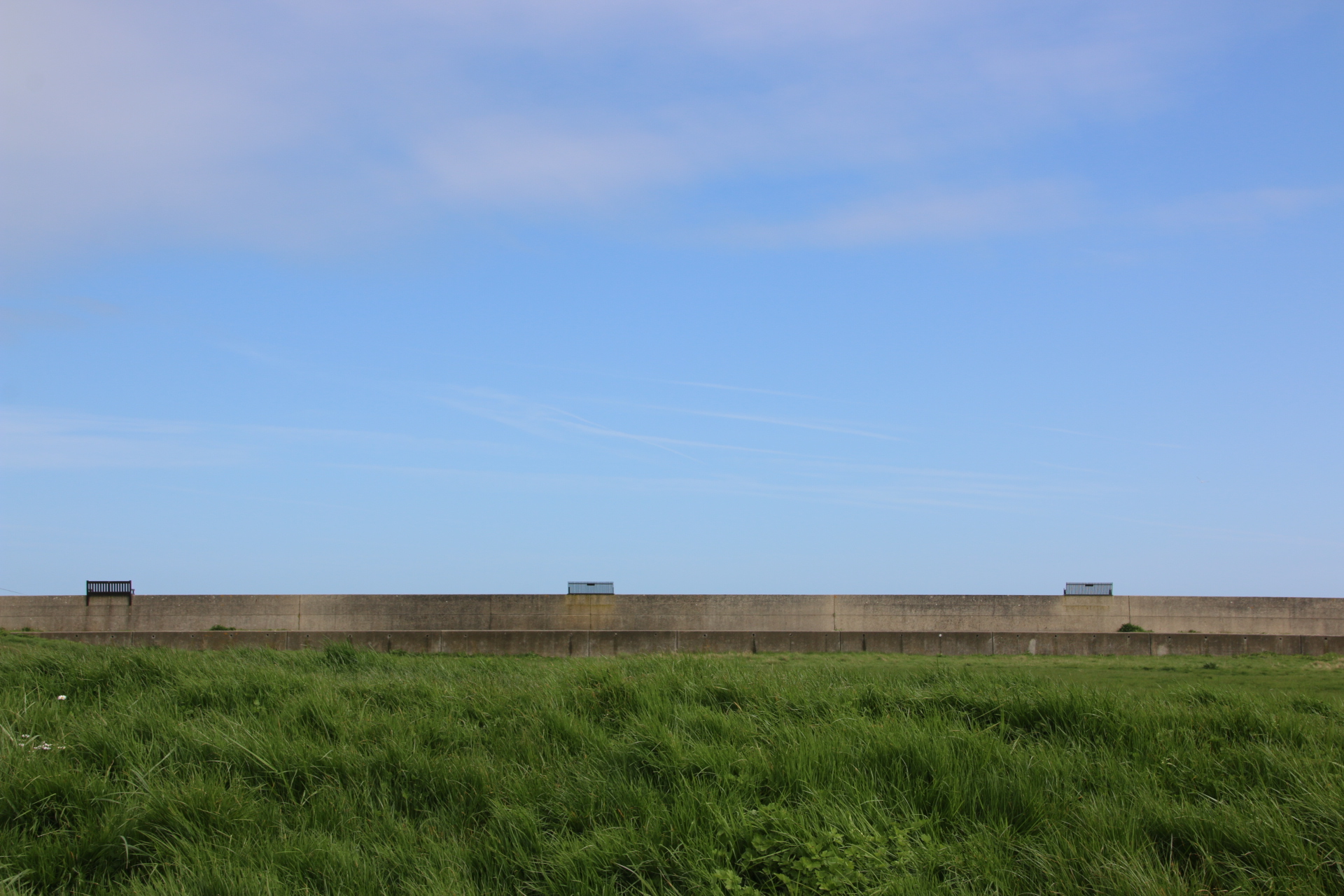




















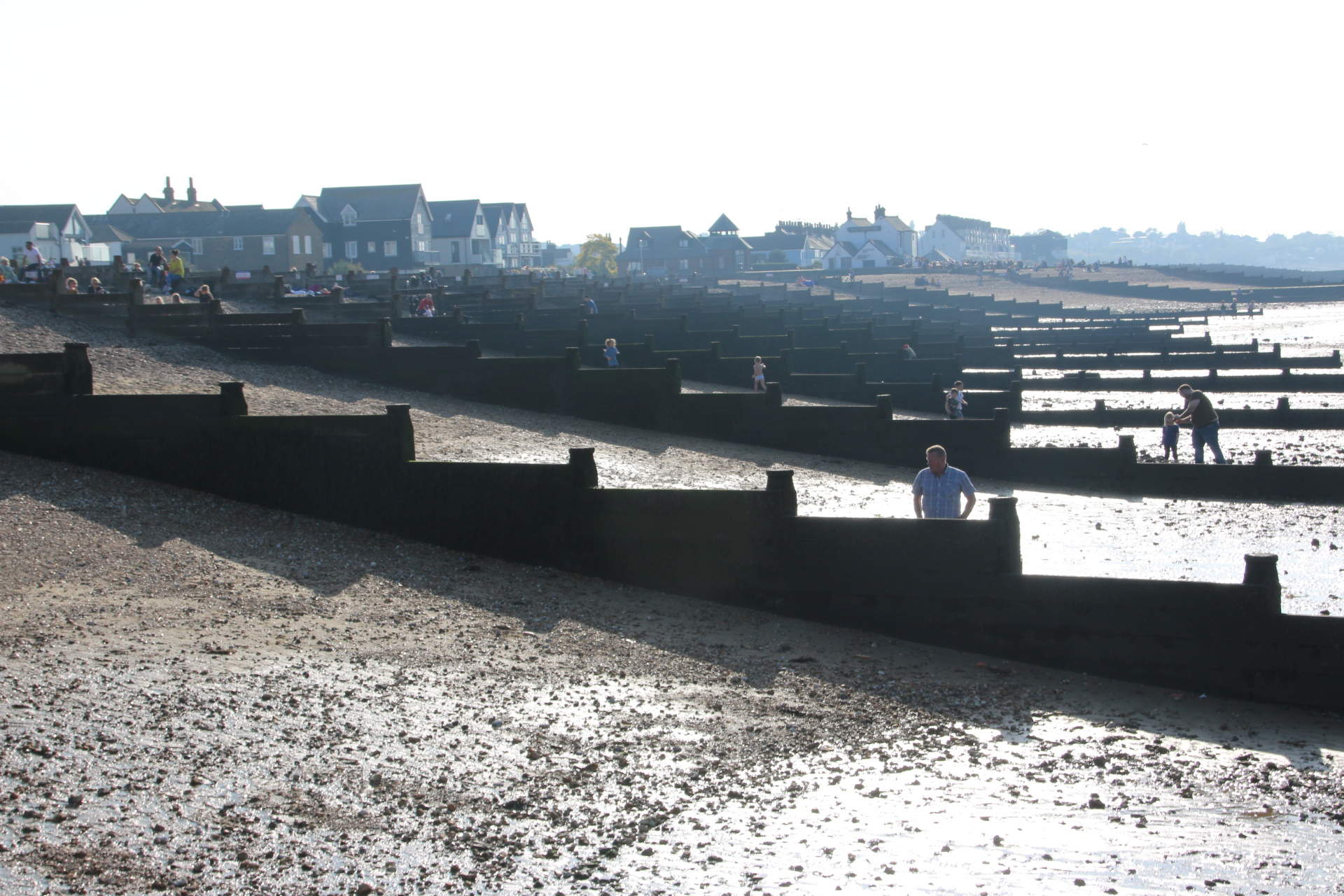







































You must be logged in to post a comment.